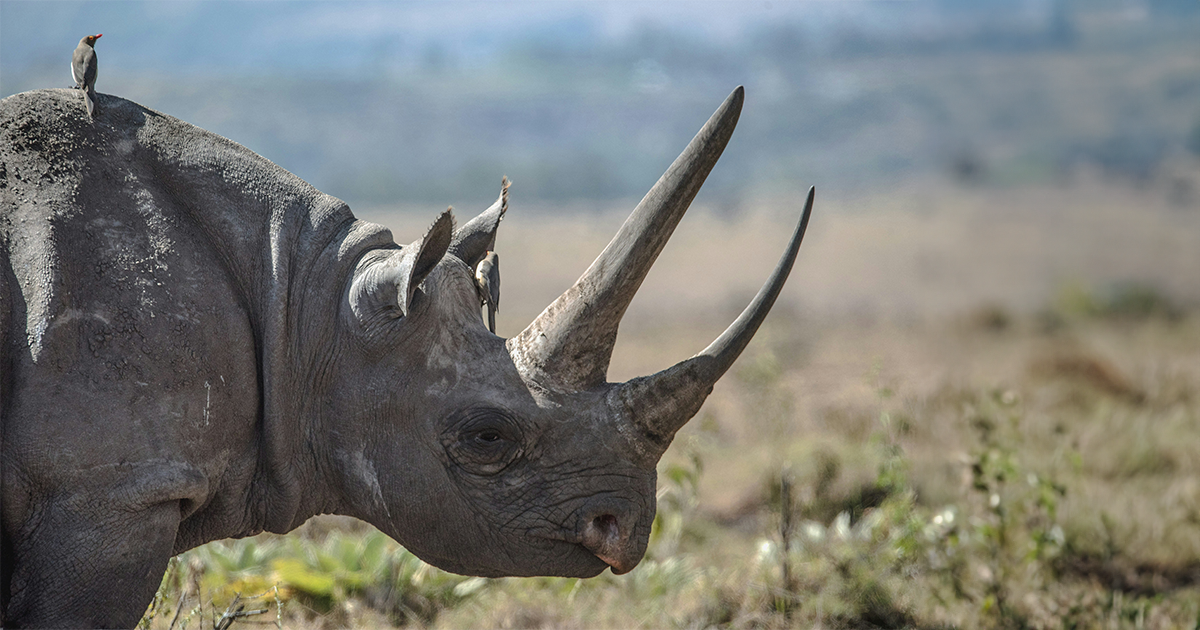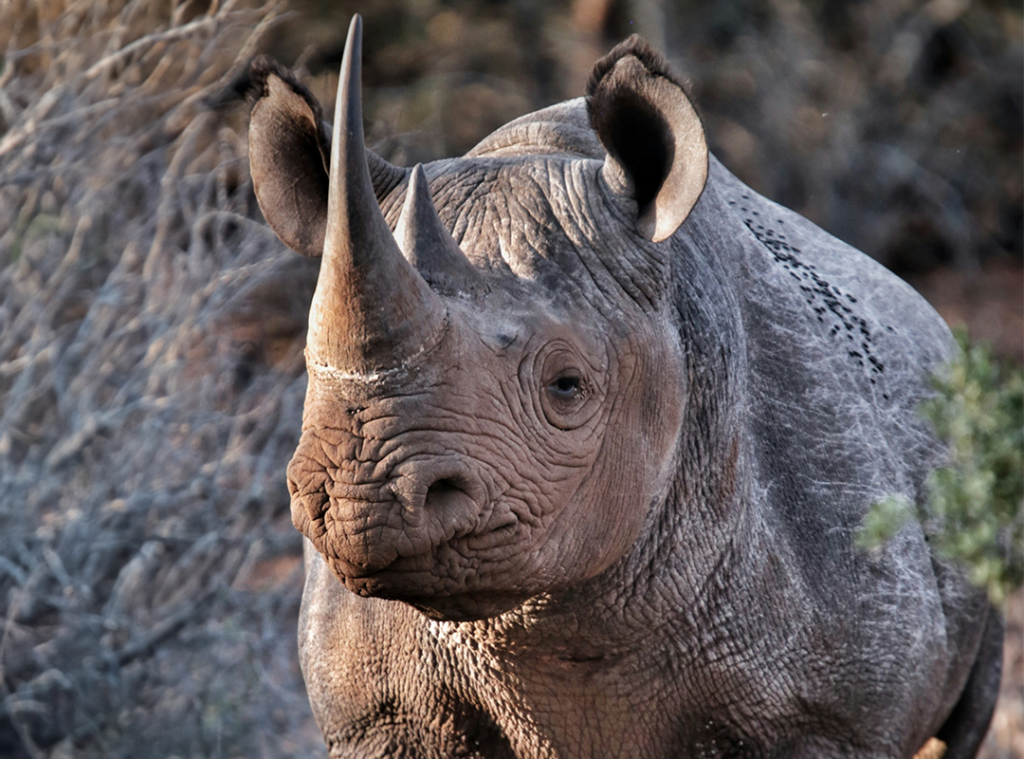What if we did nothing?: Measuring the impact conservation has had on the black rhino population

In the early 1900s, Africa was home to an estimated 100,000 black rhinos. Sadly their numbers plummeted to less than 2,400 by the mid-1990s due to poaching and habitat loss. Thanks to dedicated conservation efforts, their population has slowly rebounded to approximately 6,487 today. Despite this recovery, black rhinos remain critically endangered, with some sub-species like the western black rhino having gone extinct.
In a recent study, the African Rhino Specialist Group (AfRSG) took a look at The International Union for Conservation of Nature (IUCN) Green Status for the black rhino, which measures how close a species is to being fully ecologically functional across its range and how much it has recovered thanks to conservation actions.
Understanding the Conservation Metrics
The Green Status Assessment used the following four key metrics to evaluate conservation success:

- Conservation Legacy: What the outcome would have been if no conservation interventions were taken.
- Conservation Dependence: Predictions of future populations in ten years if current conservation efforts stop.
- Conservation Gain: The expected increase in population due to ongoing conservation actions.
- Recovery Potential: Long term forecasting looking 100 years into the future considering current and future environmental conditions.
According to the research conducted by the AfRSG, if there were no conservation actions taken in the 1990s, the number of black rhinos today would be devastatingly low—only about 296 individuals. Thanks to comprehensive conservation efforts, including by IRF’s lead partner in Zimbabwe, the Lowveld Rhino Trust, and others, there are now approximately 6,487 black rhinos in the wild. However, according to AfRSG calculations, if these conservation efforts were to cease, black rhino numbers would drop almost 50% in 10 years to an estimated 3,354 individuals in 2032.
But with ongoing conservation efforts, the black rhino population in Africa is projected to reach 8,946 by 2032,with the biggest population gain for the eastern black rhino subspecies.
Looking further ahead, the research found that by 2122, Africa could sustainably support around 21,770 black rhinos. This projection considers the impact of habitat changes due to human activities, poaching and range restrictions. This number highlights that while it would be unsustainable to get back to population numbers similar to those in the 1900s, there is still a lot of hope, and work to be done, for their recovery.
Although black rhinos face many challenges, the recovery potential for the species is “relatively high.” With continued international collaboration and innovative conservation strategies, we can ensure a positive future for these animals. Together, we can make a difference for both rhinos and people in Africa and around the world.
